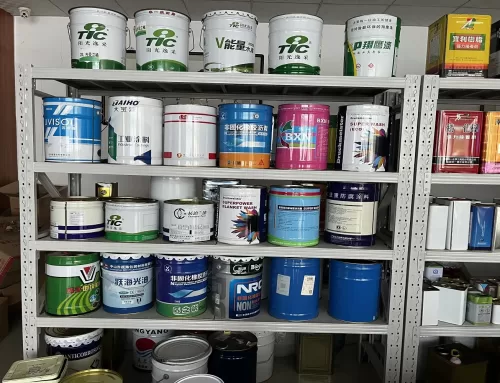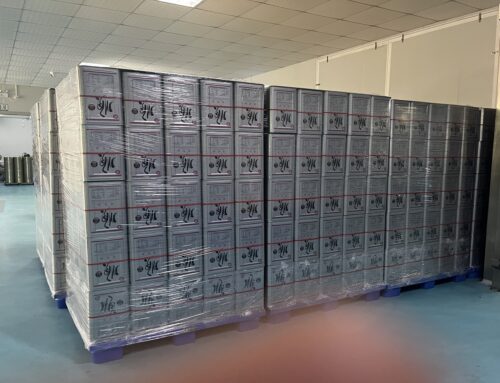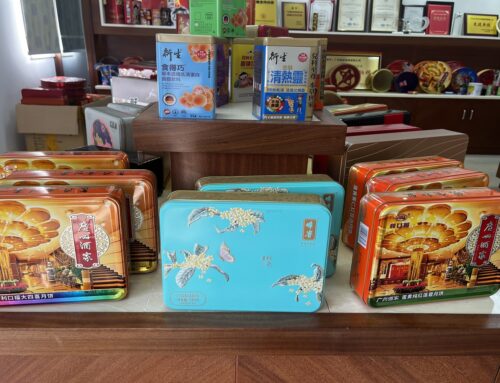The inner coating of food cans is an organic coating applied on the inner wall of metal cans. Its function is to prevent metal from contacting food, avoid electrochemical reaction and metal pollution, so as to protect food quality and improve the shelf life of food. However, some harmful substances contained in paint, such as BPA (bisphenol-A), BADGE (bisphenol-A diglycidyl ether), NOGE (novolac glyceryl ether) and their derivatives, etc., will be Content migration not only affects the nature of the paint, but more importantly, it will contaminate food and affect the health of consumers. These substances are widely present in various coatings, and their harm to human health and the environment has aroused widespread concern in society.
The newly formulated food packaging regulations of the European Union have stricter restrictions on BADGE, BPA, BFDGE, etc. At present, my country’s national standards concerning the hygienic indicators of inner coatings of cans, such as GB4805-94 “Hygienic Standards for Epoxy Phenolic Coatings for Food Cans”, GB9683-88 “Hygienic Standards for Polyamide Epoxy Coatings for Food Containers”, and its testing items are also Only limited to free phenol, evaporation residue, potassium permanganate consumption, there is still a big gap compared with foreign countries. For example, there is no index for heavy metals in the hygienic index of epoxy phenolic resin, and the index for heavy metal (lead) in the national standard “Analytical Method for Hygienic Standards of Polyethylene, Polystyrene, and Polypropylene Molded Products for Food Packaging” is simply used. The colorimetric comparison does not require accurate determination of heavy metal content. These hygienic indicators are far from meeting the needs of canned food export.
Research on coating materials, coating production technology, testing, laboratory methods and related standards on the inner wall of food metal packaging containers is urgent and imperative.




